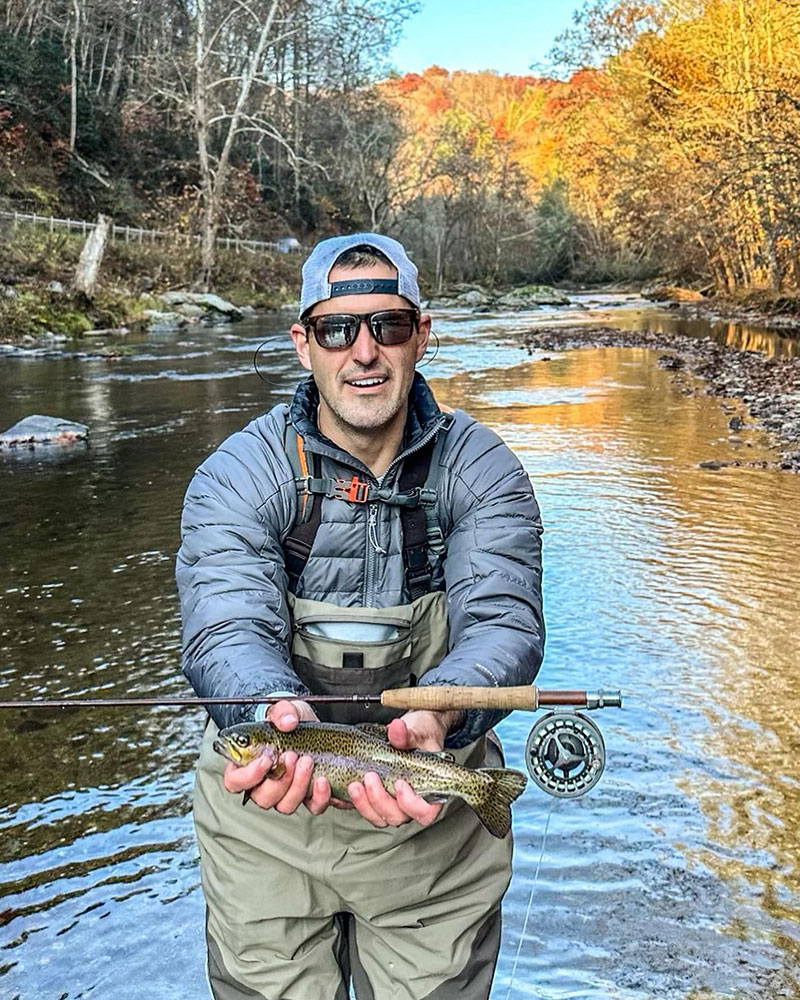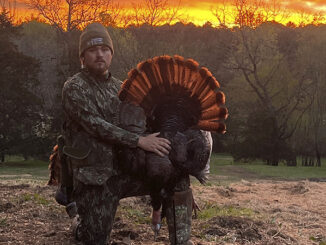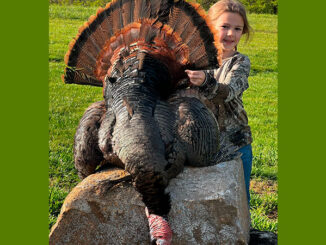
Small flies, long leaders are keys for fall trout
Southern Appalachian Anglers of Asheville (828-691-1506) loves fishing in October, and they’ve got some great advice for anglers looking forward to trout fishing in the fall.
“This is the time of year when rivers are less populated and fishermen dominate the river banks. You’ll be surprised in some places where you had to stand in line with a ticket during June, July and August, you’re now the first one to the river, and you can throw that invisible ticket away,” they said.
It’s a great month for flycasting, and their top tip is to downsize. Nymphs and dry flies will work well, as long as anglers follow that tip.
“Trout will feed on dries and nymphs for the entire month of October and November. The Diptera midge is a very popular wet fly to use when a cold front comes through. Sizes that are most commonly found in our river systems in autumn will be No. 18 through No. 22. Midges will be productive all month long. And they can be the determining factor between catching that spooky trout,” they said.
Midges are especially productive on the coldest of fall days. The Southern Appalachian Anglers crew said if it’s cold enough that you need to wear gloves and a toboggan, using a Diptera midge can get things warmed up quickly.
Using the correct size cannot be overstated.
“Don’t cheat with a No. 16. Take the time to thread your 7x through that tiny hole.”
Go dry
When it comes to dry flies, they have two recommendations; small olive mayflies, and even smaller olive mayflies.
“Small olives are the most abundant mayflies this time of year. Those in sizes No. 18 through No. 24 are most abundant. Again, don’t try to get away with a No. 16. Fishing the smaller variations make all the difference when spooky trout are in shallow runs.”
And if you’ve got an 18 on and aren’t catching anything, especially if you see trout turn away from it, scale it down to 22 or even smaller.
October’s weather is nothing if not fickle. Some bitterly cold days give way to unseasonably warm days throughout the month depending on the whims of Mother Nature. On those especially cold days, the best dry fly bite takes place from noon to late afternoon. On warm days, dry flies will produce from sunup to sundown.
If you find yourself in the middle of a fall caddis hatch, caddis flies in sizes 18 to 20 are good bets. Orange and dark green are popular colors. Caddis flies can produce some very aggressive strikes, and trout will hit them all evening during a hatch.
With the water typically becoming very clear in the fall, this is not a time to use a short leader or knotted tippet. Trout have wisened up to these from anglers throughout the summer, and can see your leader if you’re using the wrong one.
For best results, use a 12-foot leader in 6x or 7x for dry flies. A 7x fluoro leader in the same length is best for nymphs.





Be the first to comment